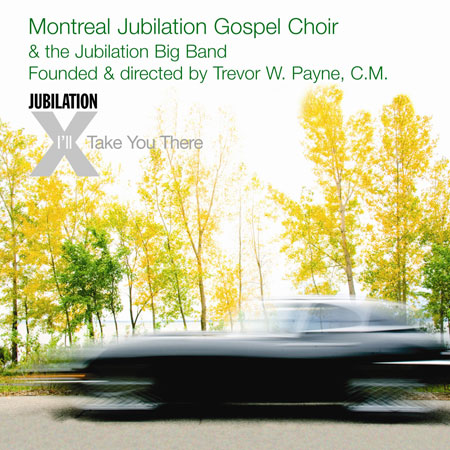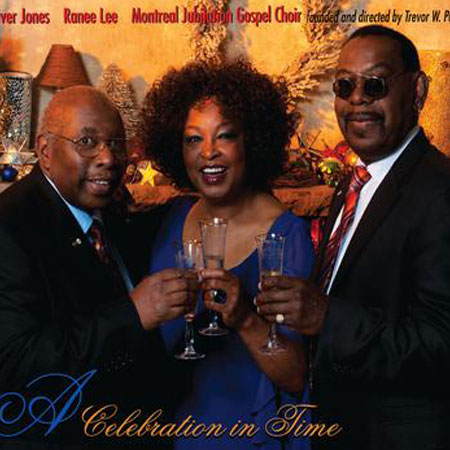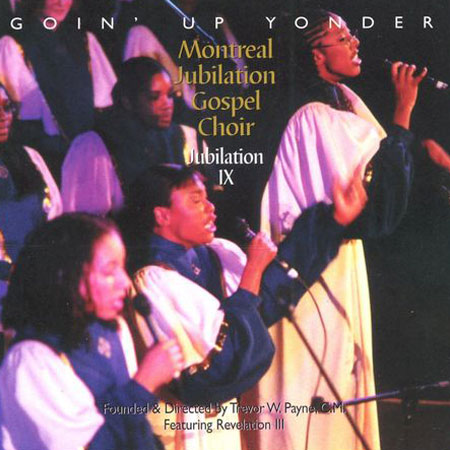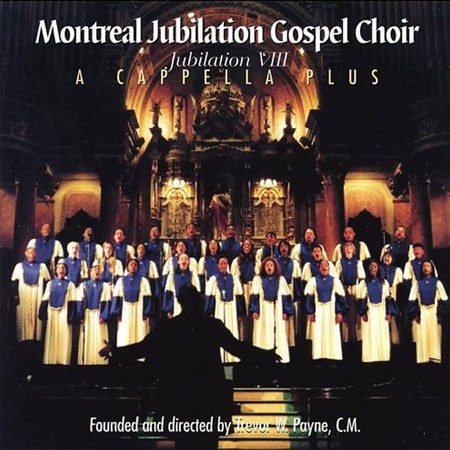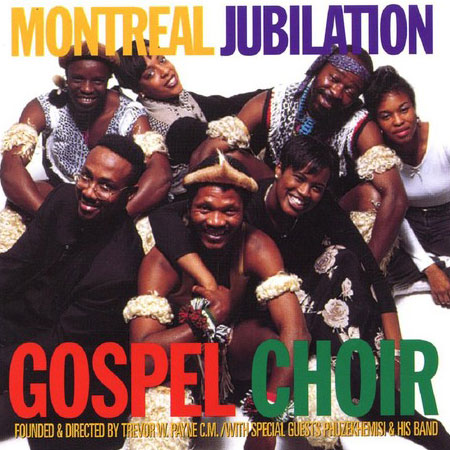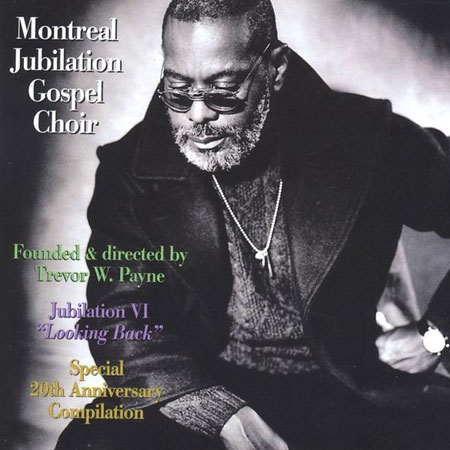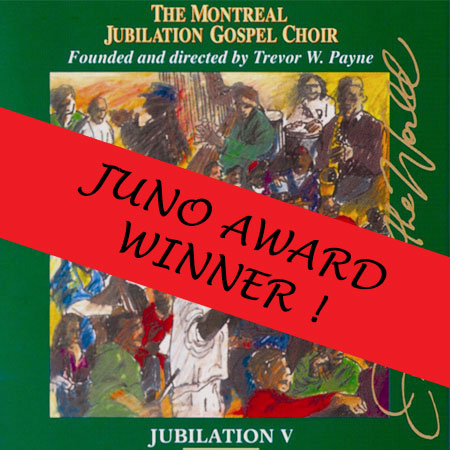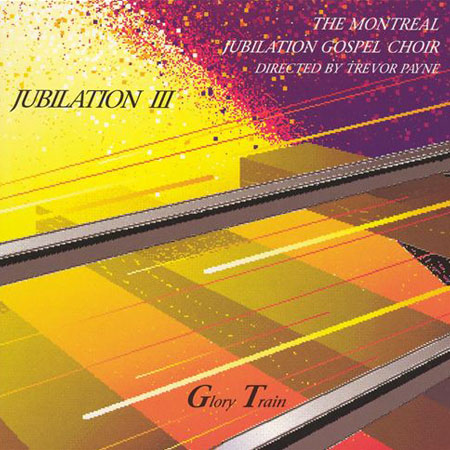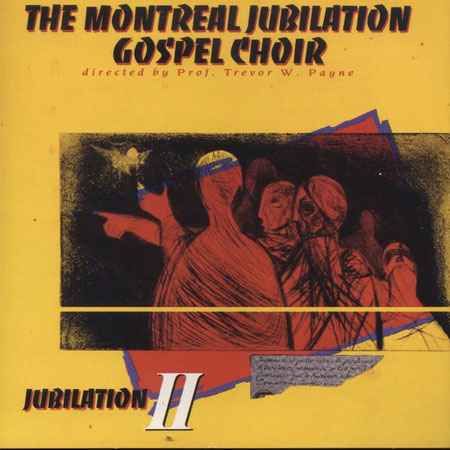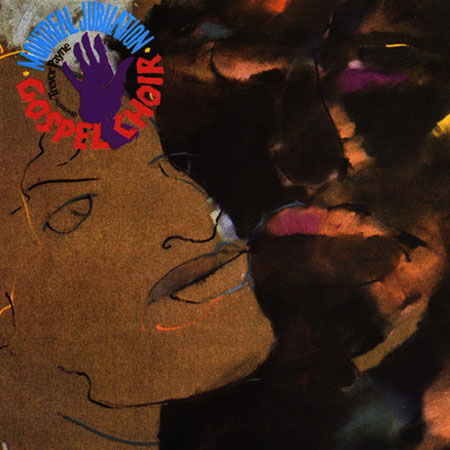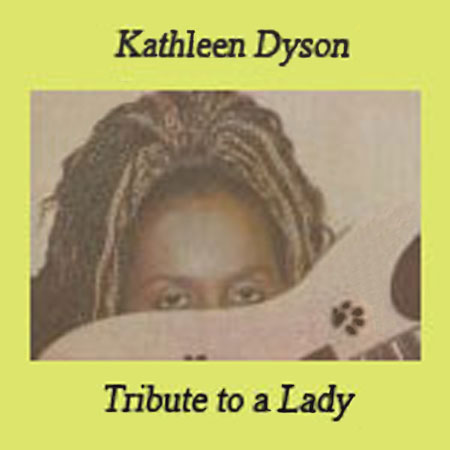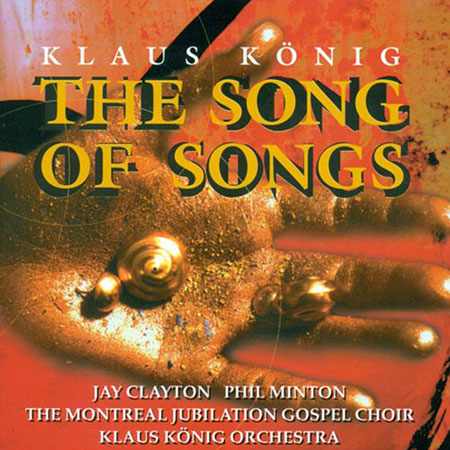Jubilation X – I’ll Take You There
(Max Roach) Rockland Music / Songs of Windswept Pacific / You Look Good Music Publishing Jubilation Big Band
6:10
(David Hess, Aaron Schroeder) Sony ATV / Rachel’s Own Music Revelation III, soloists
2:58
(A. Clayton, D. Evans, P. Hewson, L. Mullen, Jr.) Universal Polygram International Mélodie Farkas-Dayle, Sylvain Migneault, soloists Frank Marino, guitar
5:55
Jubilation X – I’ll Take You There
Just 215-2
Produced by Jim West and Trevor W. Payne
Musical arrangements by Trevor W. Payne unless otherwise stated
Recorded at Studio Victor, Montreal – July and September 2005
Engineered by William Szawlowski; Assisted by François Pagé
Mixed and mastered by William Szawlowski and Trevor W. Payne
Liner notes by Andrew Jones
Photography by James St. Laurent and Kate Hutchinson
Art direction and design by Reid Morris
Album Details
Montreal Jubilation Gospel Choir and the Jubilation Big Band
Founded and directed by Trevor W. Payne, C. M.
featuring Fontella Bass and Frank Marino
A Dream Orchestra:
Many of us can recall the moment we first heard the music that shaped our lives. Even in an age of mash-ups, MP3s and ring tones, we can clearly remember the golden oldies, the first dances, the desert island discs that define who we are.
For Trevor Payne, it was watching the great Ray Charles play, on an old black-and-white tv set in his Rosemount two-and-a-half in 1963. After successfully leading his flock, the Montreal Jubilation Gospel Choir , for 23 years, and having taken gospel to the highest level imaginable, Payne was looking beyond labels and genres for Jubilation’s diamond release. A new found interest in world music fostered by satellite radio, particularly the fascinating cross-pollination going on between R&B, soul and African music, got him musing, why not the music that got me where I am today? So in the beginning there was Ray , R&B’s response to Africa’s call, leading a dream orchestra on a rickety Wurlitzer, with Aretha and the Staples Singers, backed by the JB Horns (arranged by Quincy Jones,of course), Ravi Shankar on tabla and sitar, and Youssou N’Dour’s African percussion section. If we were ever curious as to what music inspired Payne as a composer,arranger, performer, teacher, conductor—the soundtrack of his career, his life, hopes, and dreams—this would be it.
The Repertoire:
Starting with over 40 contenders, shoe-horning a life in music into just twelve songs proved to be a challenge. Beyond gospel perennials such as “Back to The Dust” and the Rev. James Moore’ s “He’ s a Shelter” (as well as Jubilation’s signature “classic” “A Soulful Hallelujah”), Payne started with Ray , and “Blues Waltz,” Max Roach’s late ’50s, hard-driving exploration of the timeless 12-bar form. Many of the songs Payne chose come from the crossroads where gospel meets R&B, where the pulpit meets the projects.“I’ll Take You There” is a poignant hymn penned by Stax president Al Bell for his slain younger brother that was a smash hit in 1972 for the Staples Singers, the acclaimed gospel clan who went from the Mississippi delta to the top of the Billboard Hot 100. Pops Staples and family also immortalized “Oh La De Da” (later covered by Humble Pie), and daughter Mavis had a hit with “Hammer and Nail” for Riverside in 1962. Curtis Mayfield’s inspirational 1965 “People Get Ready” was one of the first gospel crossover hits, written the year after the famous civil rights March on Washington.
Payne also chose the Superfly’s 1971 streetwise and socially-conscious hit “Move On Up”. Inez Andrew’s rousing “Mary Don’t You Weep” hails from one of the bestselling gospel LPs of all time, Aretha Franklin’ s 1972 Amazing Grace. To show that soul and inspiration isn’t limited to Motown or the Missippi, Payne chose U2’ s most covered song, “I Still Haven’t Found What I’m Looking For,” itself inspired by the band’s then-budding love of gospel music, including, yes, The Staples Singers.
Cats Wanted:
As time machines are still in short order, Payne’s Dream Orchestra needed a few younger lions and cats. Luckily, Jubilation’s rhythm section – drummer Max Sansalone, bassist Peter Dowse, Pedro Ullmann on Hammond B3,Cécile Doo-Kingué on guitar, David Edmead on piano, Zale Salio Seck on African percussion and Payne on various instruments set such an astonishing level and feel that the Choir, the best horn players in the city and a few stellar guests could only improve on its soulful foundation. A crack horn section deftly navigated the tricky notational difficulties of R&B with panache. In an ingenious bit of casting, Dave Turner’ s hair-raising alto sax turn on Oh Mary Don’t You Weep eerily channels Aretha’s righteous mezzo-soprano. The legendary Fontella Bass (R&B queen of “Rescue Me” and muse of the Art Ensemble of Chicago) puts some Stax- style muscle behind “Oh La De Dah,” while giving a sultry, devastating low-key take on the title cut. Choir soprano Diamond Ormeus dazzles on “He’s A Shelter,” while soprano Mélodie Farkas-Dayle and tenor Sylvain Migneault’s Adam-and-Eve duet lift “I Still Haven’t Found What I’m Looking For” to new heights of yearning and wonder. Some brilliant electric fretwork here from guitar great Frank Marino echoes Payne’s salad days in rock’n’roll, and fittingly closes the circle on the most ambitious project Payne and Jubilation have yet created, a majestic diaspora of popular African-American music followed back to its roots, a place of joy and celebration. -Andrew Jones
*For related articles, please click on the following icons:

